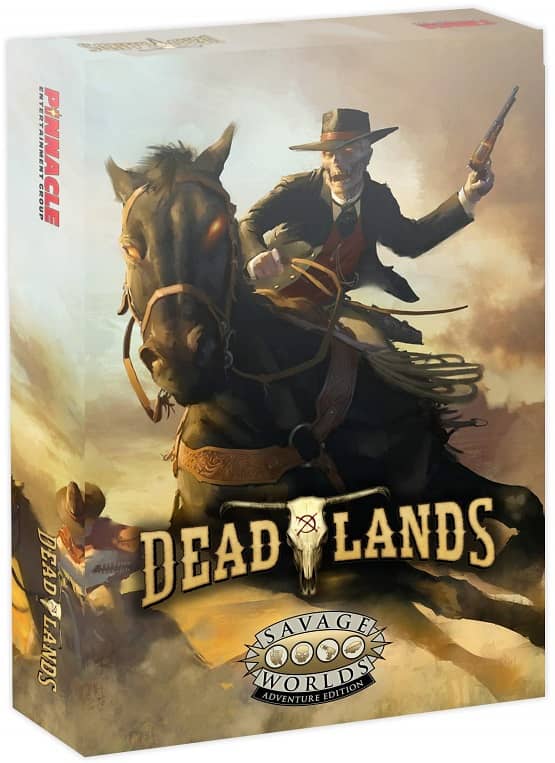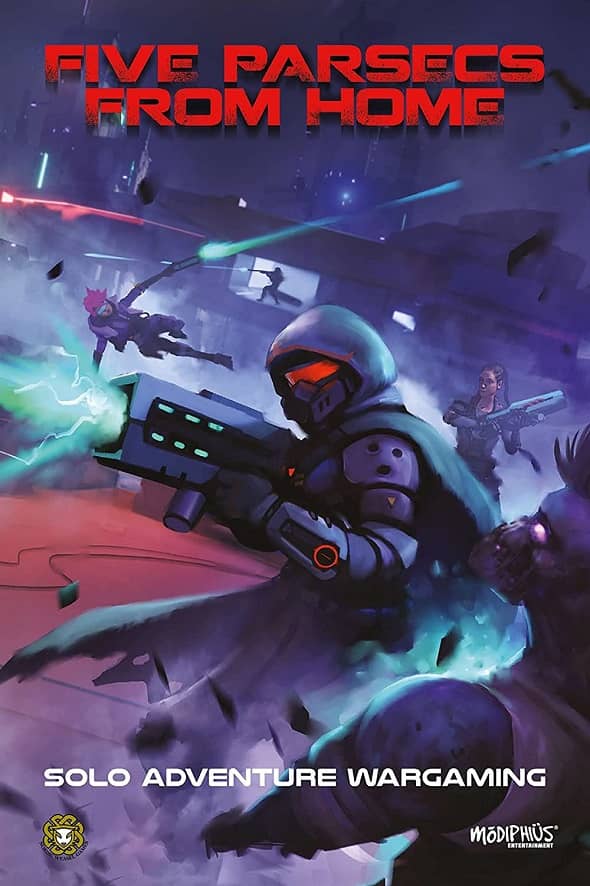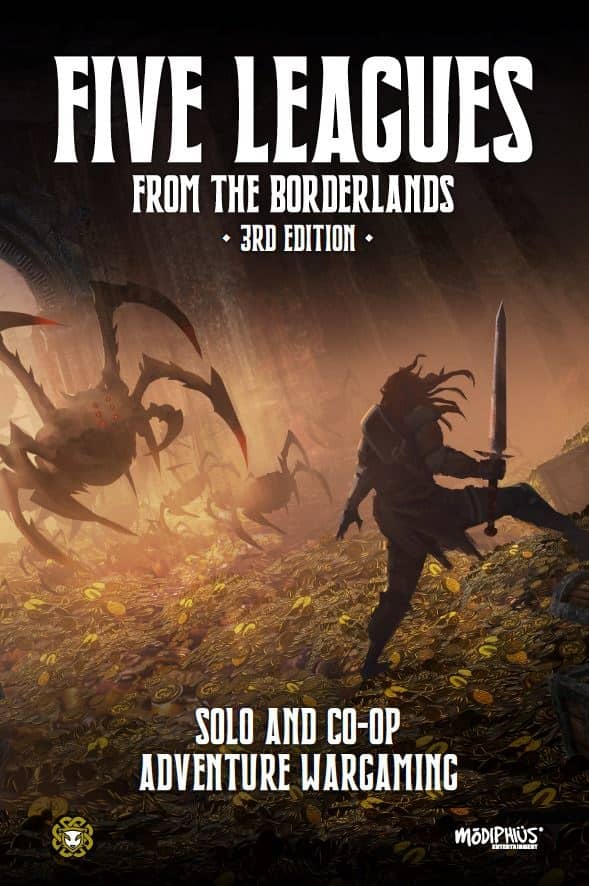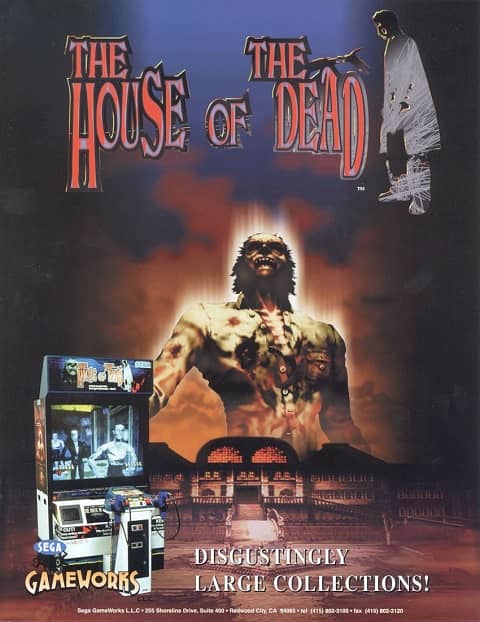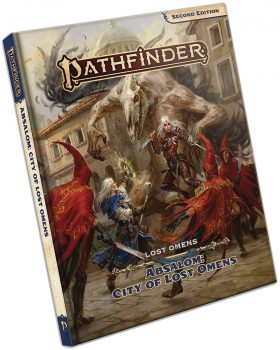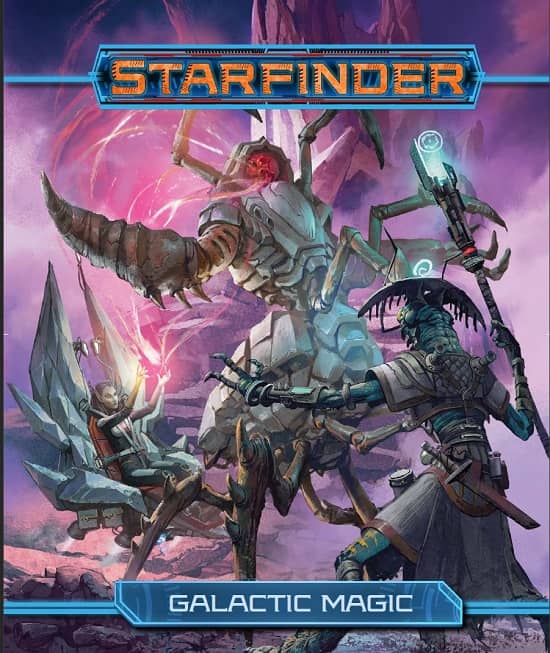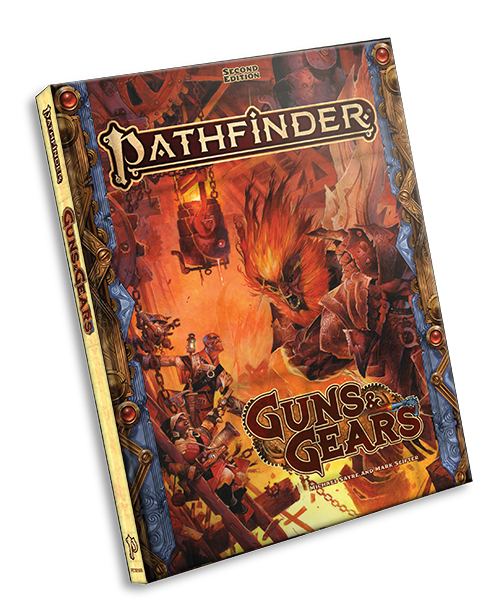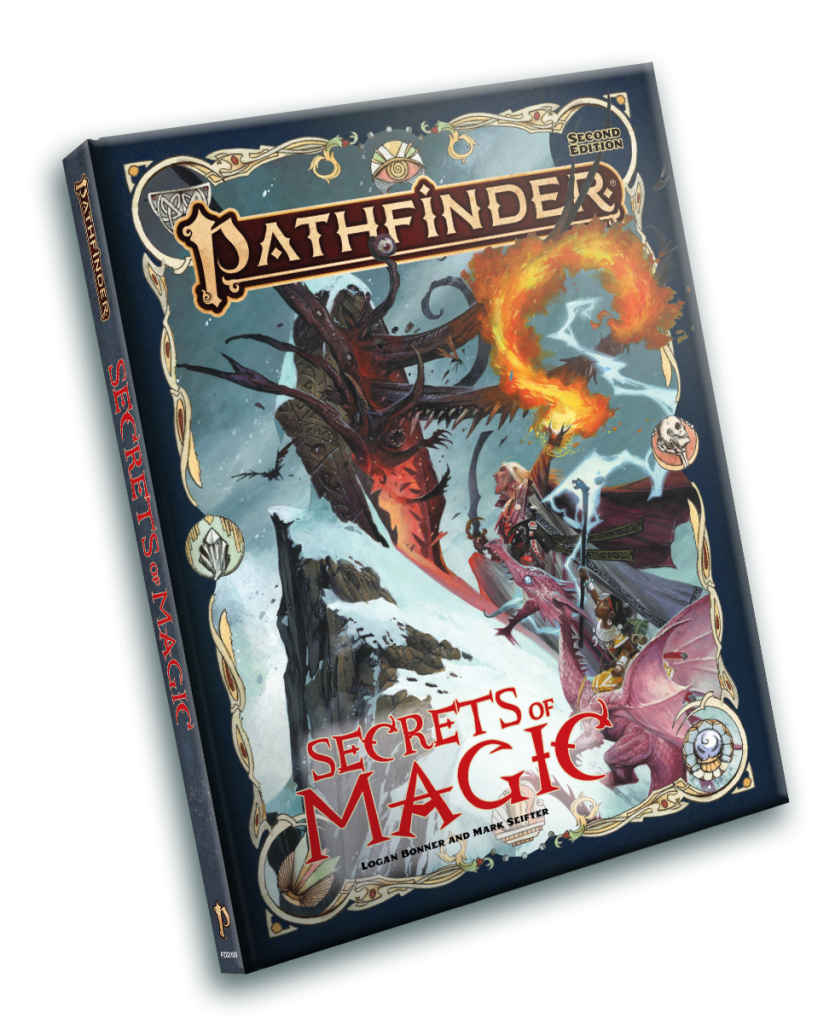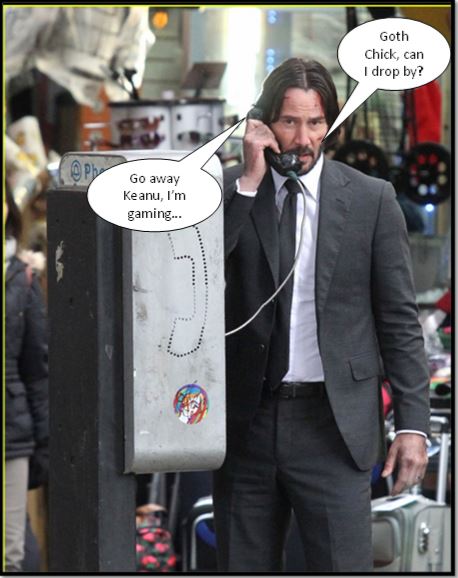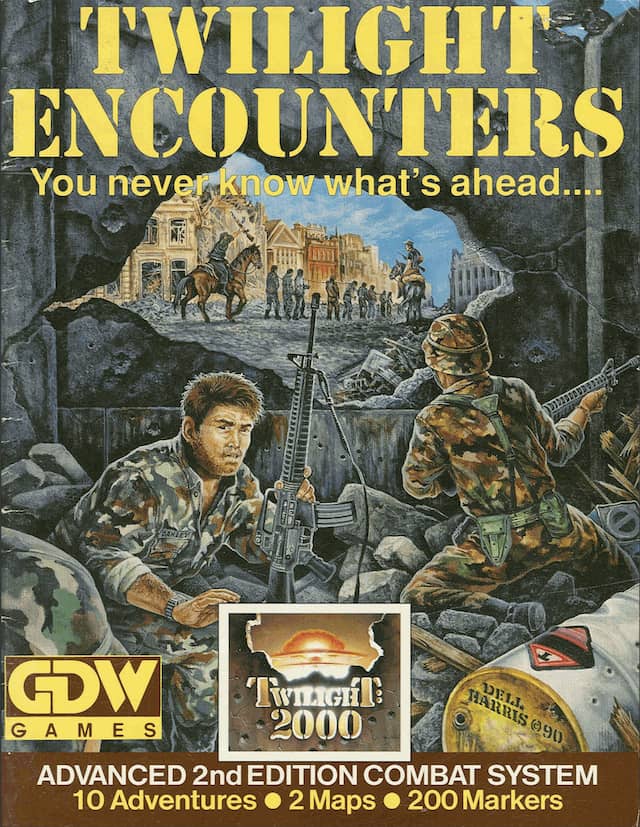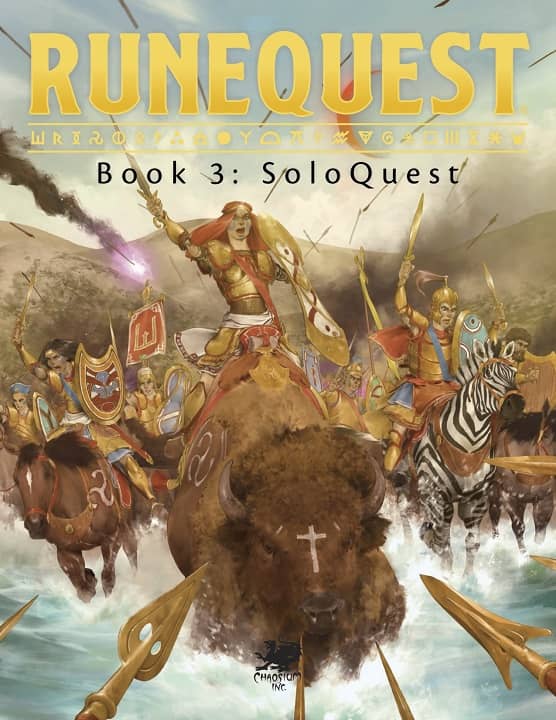Adventure in a Nightmare-fueled Landscape: Deadlands: the Weird West
Deadlands: the Weird West (Pinnacle Entertainment Group, April 2021)
Kickstarter completely transformed board gaming a decade ago, and over the last few years it has thoroughly reinvigorated role playing as well. It’s the de facto launch platform for the hobby gaming industry these days, and it doesn’t look like that’s going to change any time soon. I’ve been playing RPGs since 1979, and in all those years I’ve seen countless new and innovative game systems fail because they couldn’t grow beyond a small but dedicated fan base. Kickstarter has brought those systems a whole new lease on life — and an explosion of new content.
Deadlands is fine example. Created by Shane Lacy Hensley and published by Pinnacle Entertainment Group in 1996, the horror/steampunk game was a huge artistic and creative success, easily one of the most talked-about RPGs of the 90s. Talk wasn’t enough to keep it alive though, and for long stretches of the last 25 years the game has sadly been unavailable.
In 2017 Pinnacle stuck a toe in the waters with a reprint of the 1999 edition, Deadlands 20th Anniversary Edition, funded by a crowdfunding campaign. Emboldened by that success, last year they tried something much more ambitious: Deadlands: the Weird West, a massive box set containing a complete system relaunch using the Savage Worlds core rules. Deadlands‘ small but loyal fanbase enthusiastically rallied to support the new Kickstarter campaign, and it blew through its $10,000 goal, with 4,973 backers pledging a whopping $568,636.
